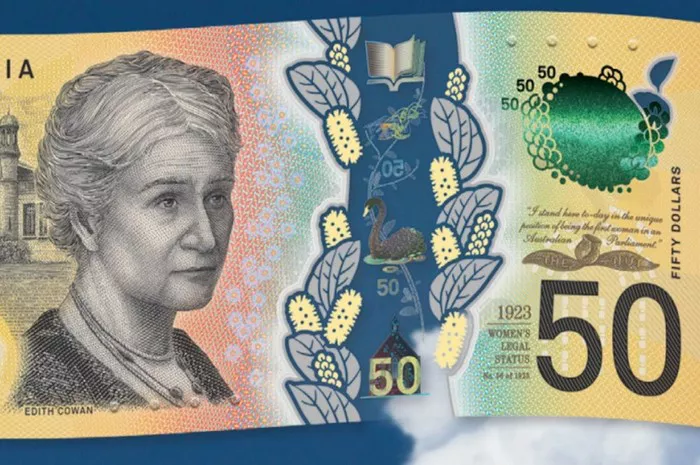Australia, known for its robust and resilient economy, has long been a key player in the global economic landscape. One crucial aspect of its economic framework is the floating exchange rate system, which has been in place for several decades. This article delves into the intricacies of Australia’s floating currency, exploring its history, advantages, and challenges, while also examining its impact on the nation’s economic stability.
Historical Context
Australia transitioned from a fixed to a floating exchange rate system in December 1983. Prior to this shift, the Australian dollar was pegged to a specific value against the British pound, reflecting the prevailing system at the time. However, the decision to embrace a floating currency marked a significant turning point in the nation’s economic policy.
Advantages of a Floating Currency
Market-Driven Adjustments: One of the primary advantages of a floating currency is its ability to adjust to market forces. Unlike a fixed exchange rate, which requires constant intervention to maintain, a floating currency allows the Australian dollar to fluctuate based on supply and demand in the foreign exchange market. This flexibility enables the currency to find its equilibrium, promoting stability in the long run.
Automatic Stabilization: A floating exchange rate serves as an automatic stabilizer for the economy. In times of economic uncertainty or external shocks, the currency adjusts accordingly, aiding in the restoration of balance. This automatic stabilization mechanism can act as a shock absorber, mitigating the impact of external economic factors on Australia’s domestic economy.
Monetary Policy Independence: With a floating currency, Australia retains greater control over its monetary policy. The Reserve Bank of Australia (RBA) can use interest rate adjustments to influence inflation, employment, and economic growth without being constrained by the need to defend a fixed exchange rate. This autonomy enhances the effectiveness of monetary policy as a tool for economic management.
Challenges of a Floating Currency
Exchange Rate Volatility: While flexibility is a key advantage, it comes with the downside of increased exchange rate volatility. Rapid fluctuations in the value of the Australian dollar can pose challenges for businesses engaged in international trade, as it introduces uncertainty in pricing and profitability. However, many businesses adopt risk management strategies to mitigate these challenges.
External Shocks: A floating currency exposes Australia to external economic shocks. Global events, such as financial crises or geopolitical tensions, can trigger sharp movements in the exchange rate. This vulnerability requires policymakers to remain vigilant and ready to respond to ensure economic stability.
Competitiveness Concerns: Industries that heavily rely on exports may face competitiveness concerns when the Australian dollar appreciates. A stronger currency can make Australian goods and services more expensive for foreign buyers, potentially impacting export-driven sectors. However, this challenge is often addressed through productivity improvements and diversification strategies.
Impact on Economic Stability
Australia’s floating exchange rate has played a crucial role in maintaining economic stability over the years. The flexibility afforded by the system has allowed the country to navigate various global economic challenges, including the Asian financial crisis in the late 1990s and the global financial crisis in 2008. The ability to adjust to changing circumstances has contributed to the resilience of Australia’s economy and its capacity to absorb external shocks.
Moreover, the floating exchange rate has facilitated a more efficient allocation of resources within the economy. Industries that are more competitive on the global stage have thrived, while others have adapted to changing market conditions. This adaptability has contributed to the overall health and dynamism of Australia’s economic landscape.
SEE ALSO What Colour Are Australian $20 Notes?
Conclusion
Australia’s embrace of a floating currency has proven to be a prudent and resilient approach to managing its economic affairs. The system provides the flexibility needed to adjust to changing global conditions, allowing the nation to remain competitive on the world stage. While challenges such as exchange rate volatility and external shocks persist, policymakers have demonstrated their ability to navigate these waters and steer the economy towards stability.
As Australia continues to engage in the ever-evolving global economy, the floating exchange rate system remains a cornerstone of its economic policy. The ongoing commitment to a flexible currency reflects a strategic approach to economic management, ensuring that the nation remains adaptable and resilient in the face of an ever-changing financial landscape.


